Many thanks to John for
providing us these wonderful photos. You may e-mail directly to: John
Zakelj / USA
The Trofaiach refugee camp, located near the city of Leoben, about 50 miles southwest of Vienna, Austria. This picture was taken in the winter of 1948.
Bird's eye view of Trofaiach in the summer
Left is a picture, taken in summer 1948, which shows clearly a field behind the camp.
The entrance to Trofaiach photo was supplied to us by Miff Crommelin His father worked with UNRRA and was stationed at a variety of dp camps. Miff's note:
"John Zakelj contacted me and sent me the 1948 diary of his father. The entry for Thursday, June 10, 1948 mentions his dad busy digging in the fence posts around the entrance guard house when he got sunburnt 'as red as a lobster'.
If you look at my dad's pictures of the Trofaiach DP camp entrance, you will see the posts that John's dad stuck into the ground! His dad is still alive, age 96, and has kept up his journal for over 70 years. He began his diary when he was 25 years old. It is loaded with first-hand experiences of life in Judenburg, Trofaiach and Vikring, etc.
Interesting, eh? Regards, Miff"
I received an e-mail from a person who was in the Trofaiach camp as a boy, namely Ferdo Pusl. He happened to see your webpage and was very excited to see himself in the third picture on that page, the one with the procession.
Refugees in the Trofaich camp participate in a solemn procession (probably celebrating the holy day of the Most Holy Body and Blood of Christ on May 27, 1948). From left to right: Anton Zakelj is holding up one corner of the baldachin, Rev. Klemencic is holding the Eucharist, Milan Cebašek is the tall young man in the middle, Jernej Zupan is holding up the other corner of the baldachin, Rev. Malavašic is to his right, Ferdo Pusl is the altar boy holding the censer with the incense, and the altar boy on the far right is not identified. Photo by Marjan Kocmur.
Irena Primozic and Cilka Zakelj in the Trofaiach refugee camp. Cilka was the sponsor for Irena's confirmation. The Primozic family eventually settled in Argentina. Photo by Marjan Kocmur.
Anticipation for a new and better life: This was the train that took the first group of refugees from our camp to the ship bound for Canada. Looking out from the train window are Vinko Krziznik and an unidentified man, and holding on outside is Pavle Cebasek. Photo by ?, April 26, 1948
The Slovenian camp choir at the Trofaiach refugee camp near Leoben, Austria, on the occasion of papal delegate bishop Jagodic's visit on June 13, 1948 (names are listed to the extent that the author still recognized them 50 years later, and with help from Jerry Zupan). Photo by Marjan Kocmur.
Front row: Avgust Clemente, ?? (a woman who was the secretary for the camp director), Rev. Josip Rot, "Pater Jakob" (the bishop's secretary), camp director Leadbetter (?), papal delegate Bishop Joze Jagodic, Rev. Janez Klemencic, Rev. Kokelj, Rev. Roman Malavasic, France Zupan (the choir director)
Second row: Milena Dobrsek, Ema Dobrsek, Marija Dobrsek, Ivanka Povirk, Vida Povirk, Vera Zorc, Lojzka Zorc, Anica Zorc, Mimi Zalaznik, Julka Zorc, Mrs. Malka Povirk
Third row: Franci Skvarca, Rafko Zonta, Albinca Zonta, Marija Gosar, Helena Klemencic, Hribar, Mrs. Jelka Malavasic, Toncka Povirk, Malka Povirk, Joze Krvina
Fourth row: Bore Erman, ?, ?, Pavel Malavasic... (with beard), Dr. Alfred Fisinger, Joze Staric, Vincent Povirk, Hribar, Tine Malavasic..., ?, ?
Outdoor Mass at the Trofaiach camp in 1948
In the refugee camp, Mr. Stajdohar helped teach English to the other refugees.
Olga, thank you for making such good use of my father's pictures! Here is a map with the locations of the camps we were in.Thanks for all your work. John
The 1949 Diary on life and photos in Trofaiach by Anton Zakelj, translated and edited by John Zakelj:
Anton Zakelj's 1948 diary: http://bbhhs96.dyndns.org
Anton Zakelj's 1949 diary: http://bbhhs96.dyndns.org
Jewish website and Ukrainians camp, German language website
Photos submitted by Klaus Fohringer klaus.fohringer@aon.at
A book about the DP Camps Trofaiach /Gai (by G. Stieber et al.,
publ. Clio):
Werner Anzenberger, Heimo Halbrainer und Gabriela Stieber
vom Verlag CLIO
ISBN 3-9500971-4-7
Map of Stalag 18A Early 1945
and the location "Schurer" seems to be a misspelling of Schwaz, Tyrol (near
it you can find a St. Margarethen village; at Schwaz, there was a French POW
Camp called Oradour)
This is a typical barrack situation, where I large room is divided up into small bedroom. In this picture there are doors, however, in my of the barracks, the divisions for bedroom are blankets on a rope. (Photo credit Gall)
Submitted by Markus Mraz
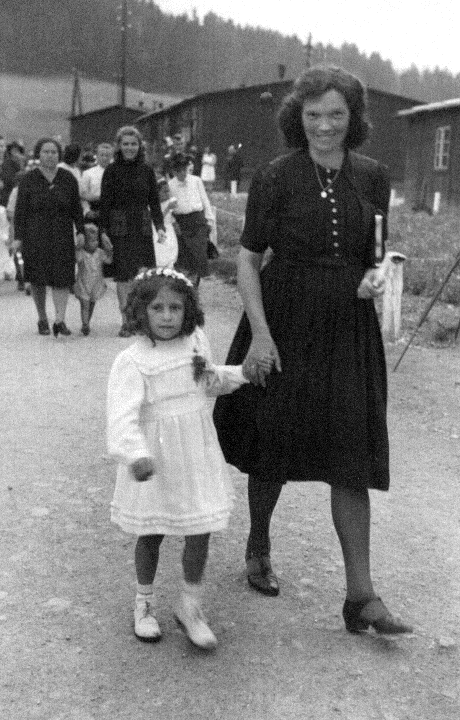

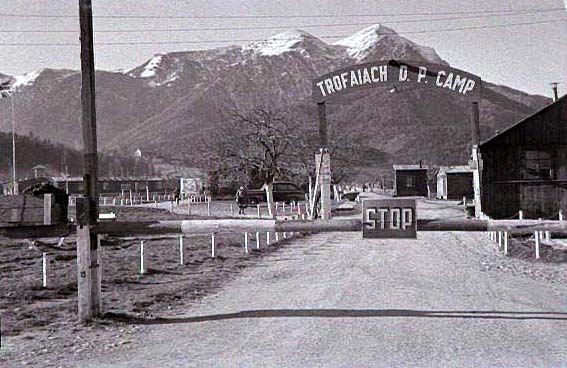
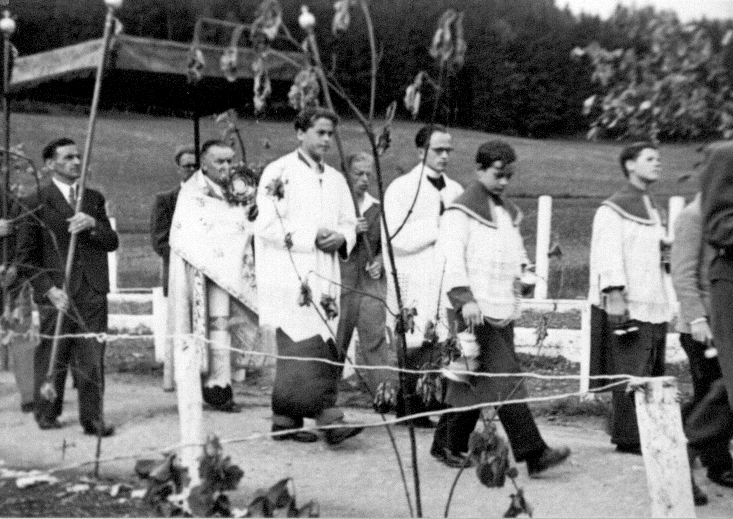
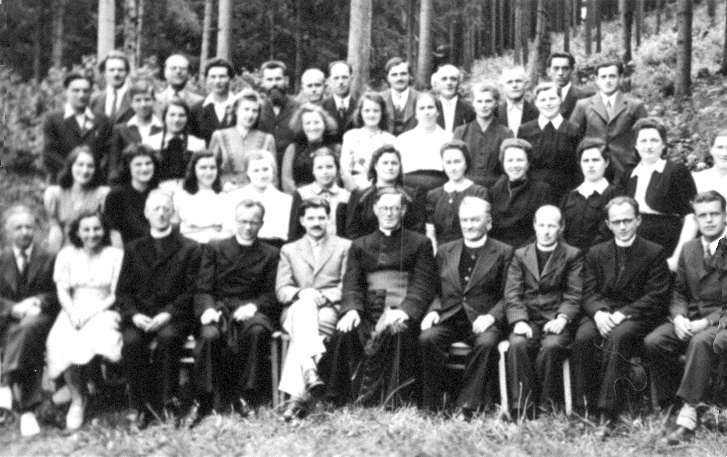
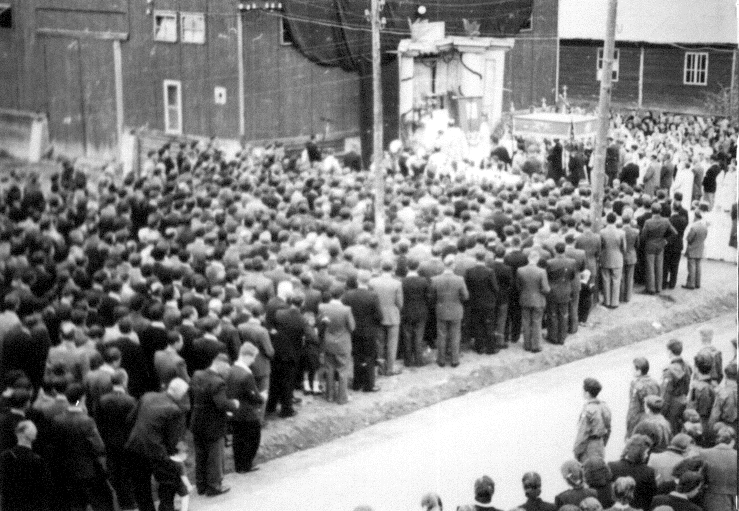
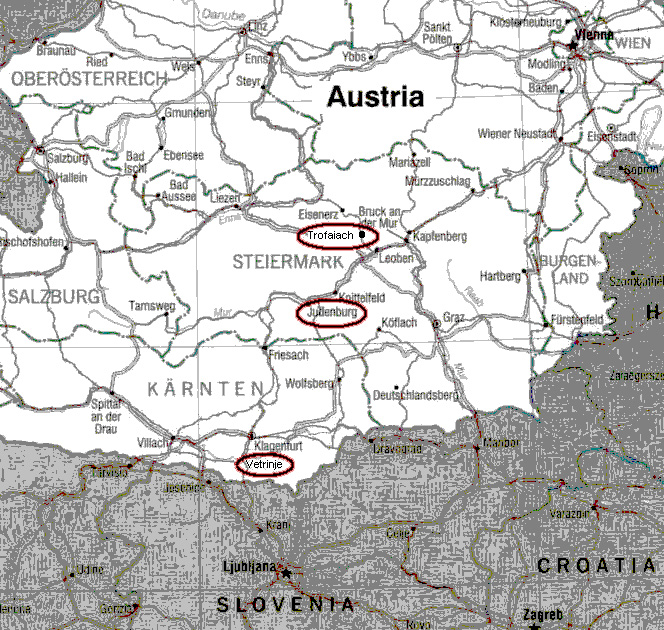
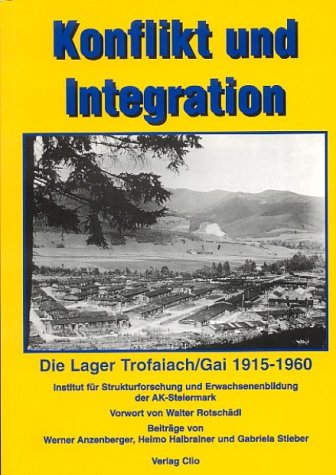
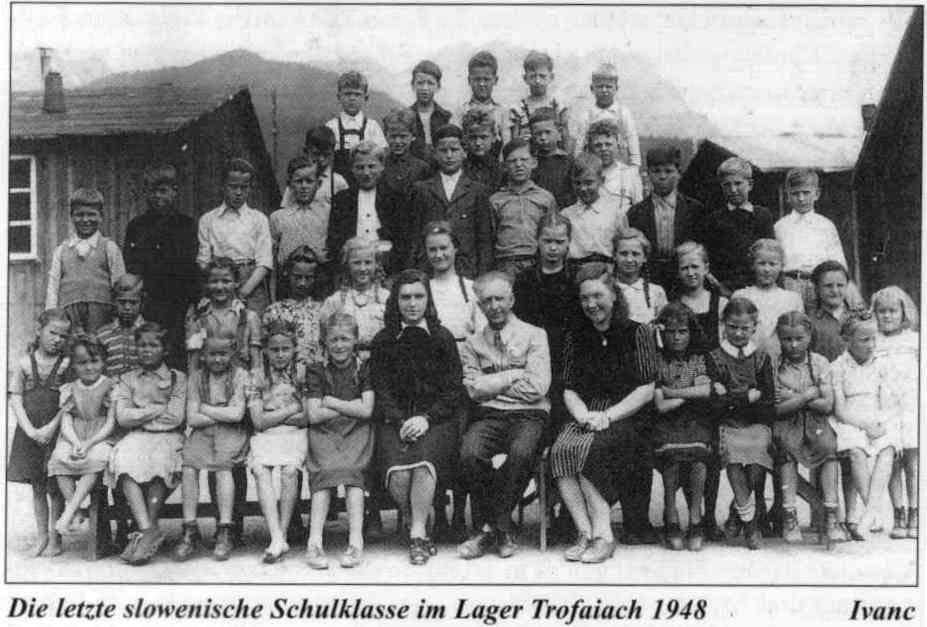
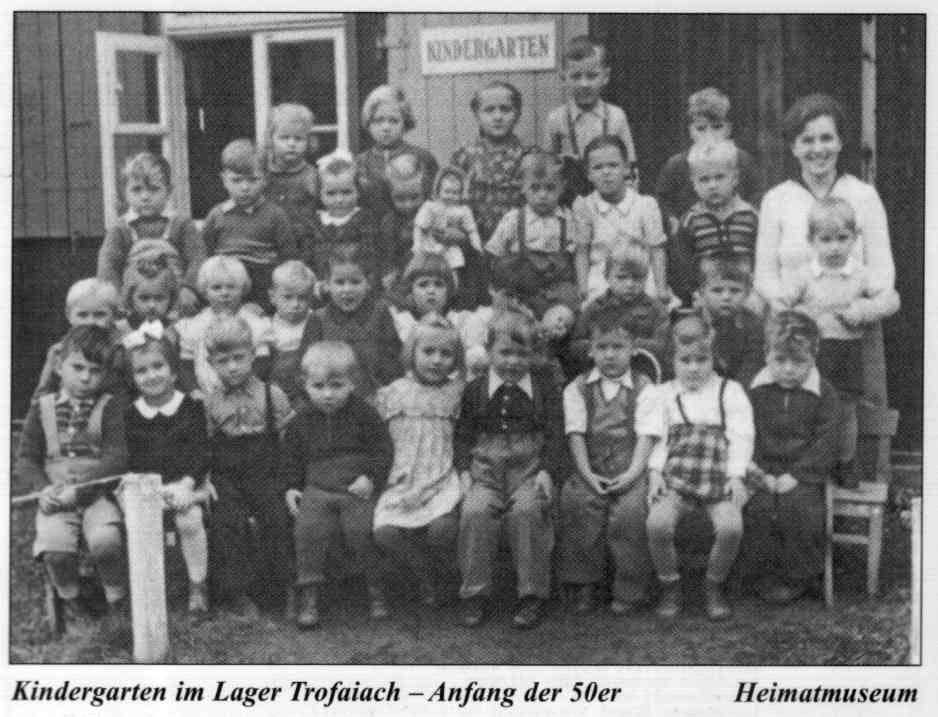
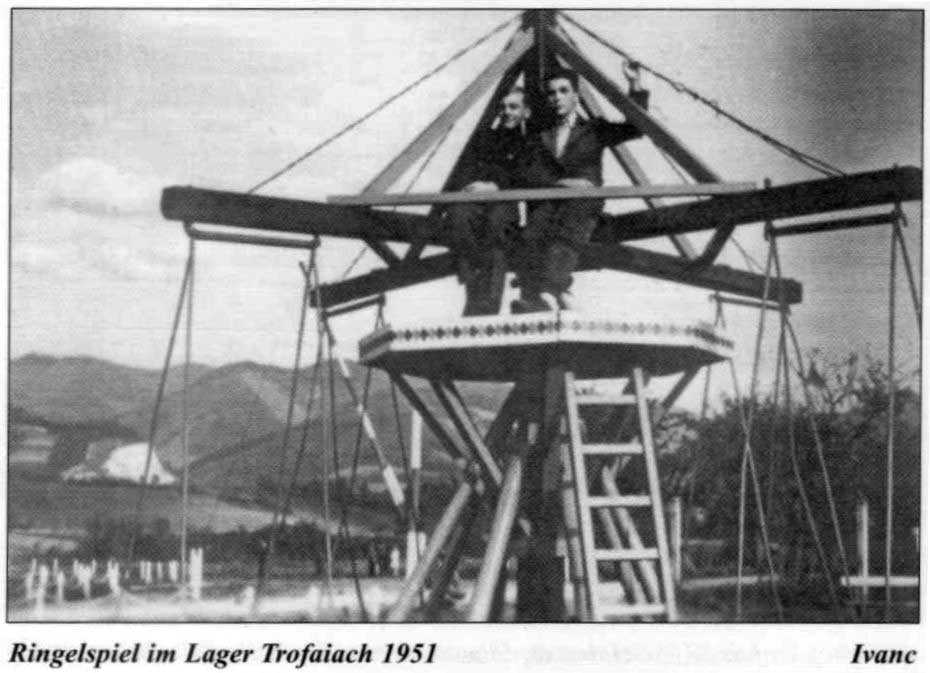
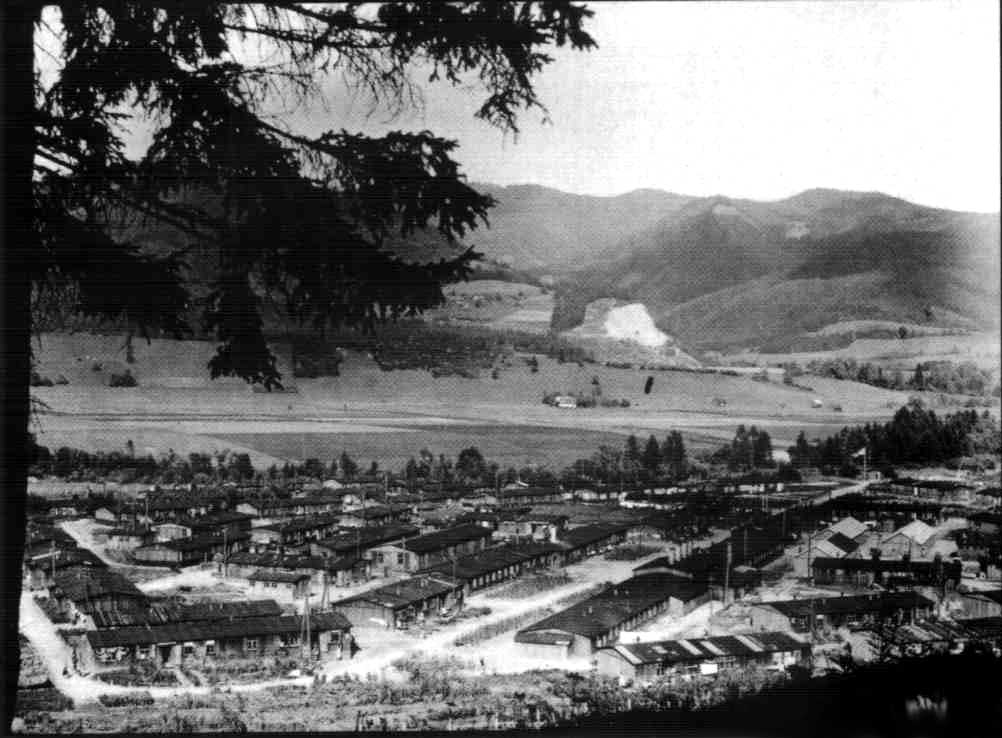
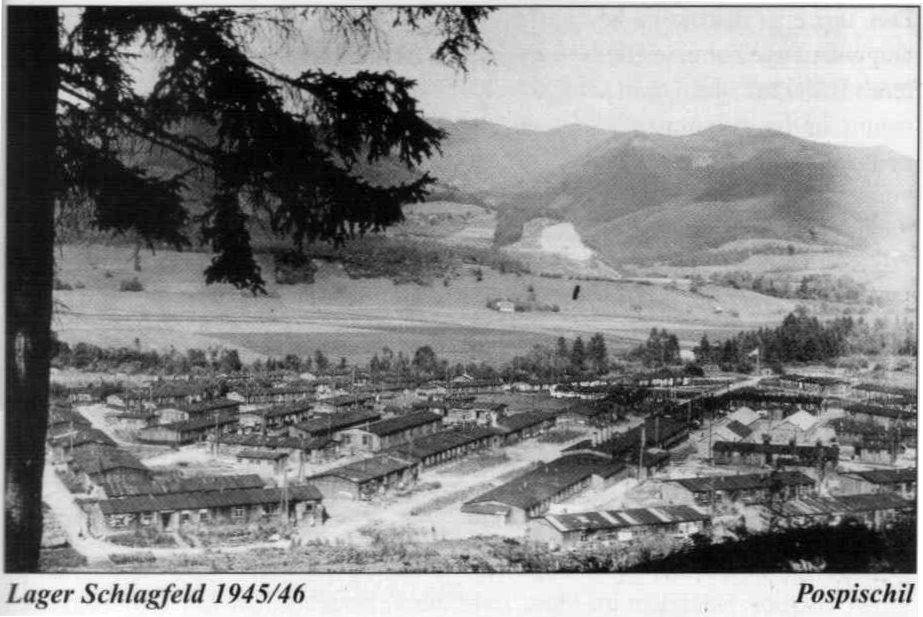
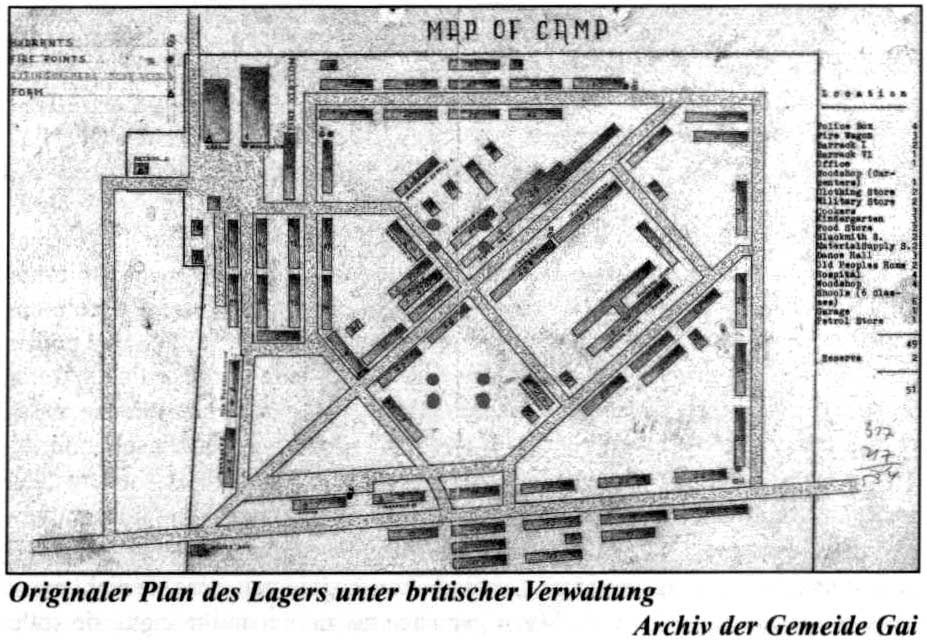
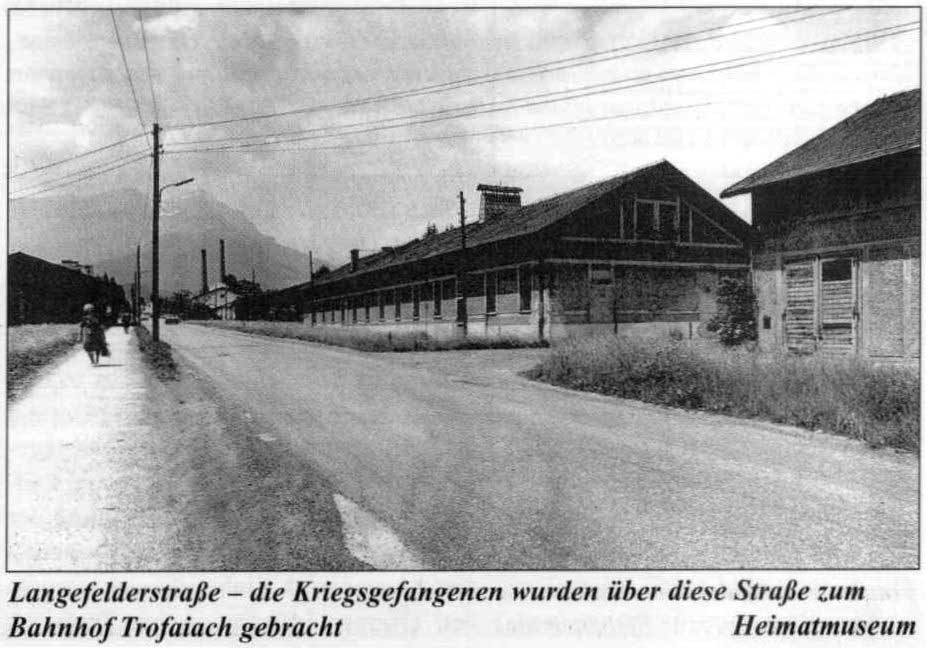
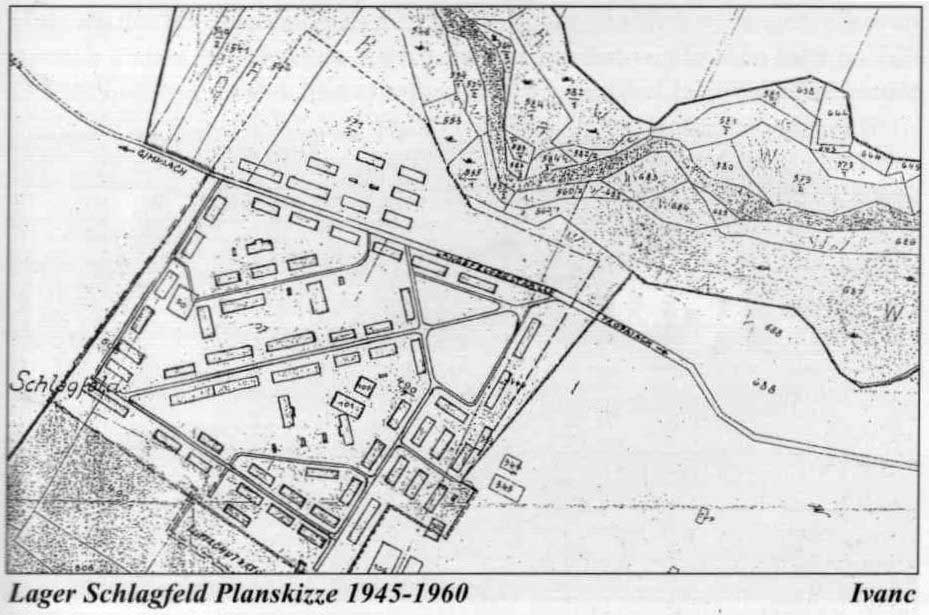

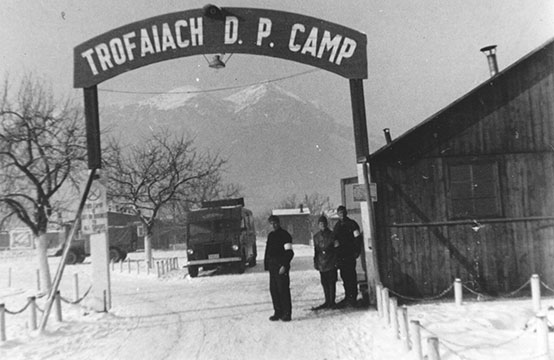
.jpg)